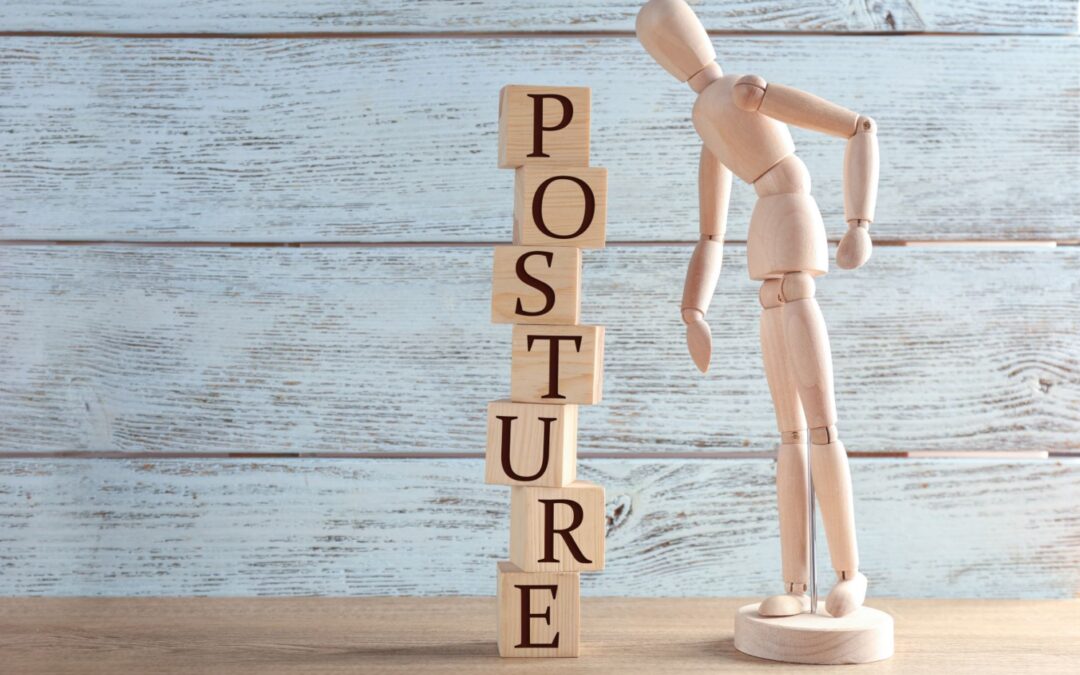Last week, we taught a workshop on Posture in our studio. I talk about posture a lot, as a chiropractor. If you look back through the archives of our blog, you will see a number of different articles on posture because it is so important. There are a number of reasons I do this. Our posture directly affects our health, our ability to function without injuring ourselves and even our mood! In our class last week, we had the participants do this. Try it with me. Stand up and adopt your worst slouched posture, with your head jutting forward and your back and shoulders rounded. Now read these words: “My life is wonderful and amazing. I thrive as I face challenges and enjoy the abundance that surrounds me.” Does that feel authentic? Can you experience the emotion? Try it again with your best posture. Stand up straight. Roll your shoulders back. Take a deep breath in and out. Say the words again and see if you feel differently as you say them?
In 33 years of practice, there is one exercise that I have found that helps my patient’s posture more than any other. I teach it in the office all the time. Now that we have a You Tube channel, I have uploaded a video teaching it. Click on the picture below to watch the video.

This exercise, from Qi Gong, is called Spinal Cord Breathing. Follow your breath as you do 5 to 10 repetitions after sitting in a prolonged posture at a computer or in the car. It is best done standing, with your knees softly bent, but it can be performed sitting as well.
In our modern lives, we will all have to look at a phone or sit at a computer at some point. The secret is to be aware of our posture. Regular Network Care and practicing SRI on your own will help improve your body awareness to help prevent the long term effects from prolonged postural stress. Doing the Spinal Cord Breathing exercise can help release some of that stored stress and help re-set your posture. If you aren’t actively working on your posture, it is probably deteriorating! Give it some time and attention, because… posture matters!
See some of our other articles on posture:

